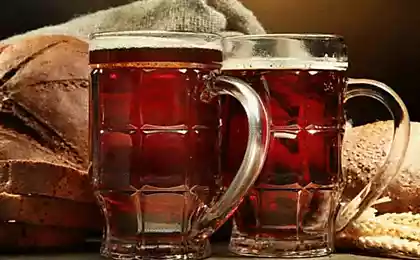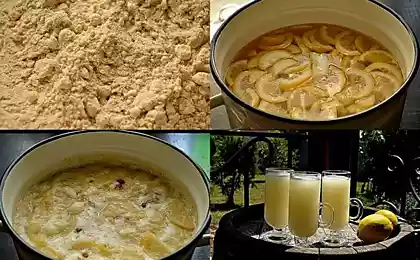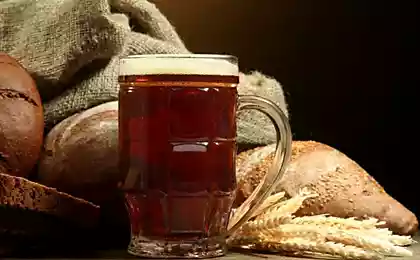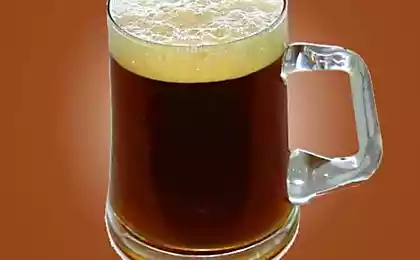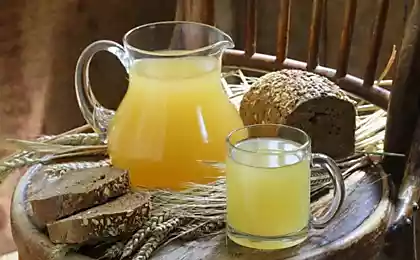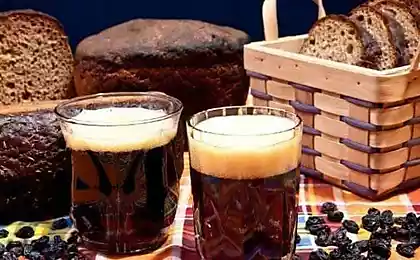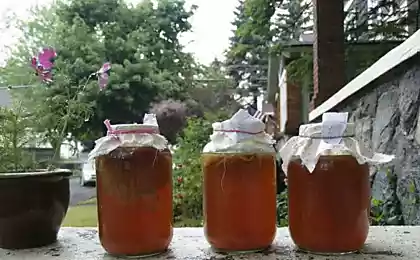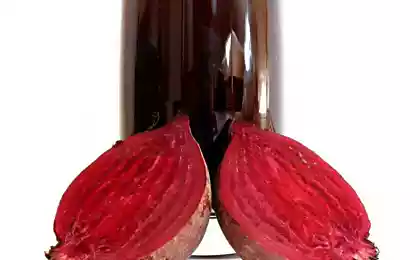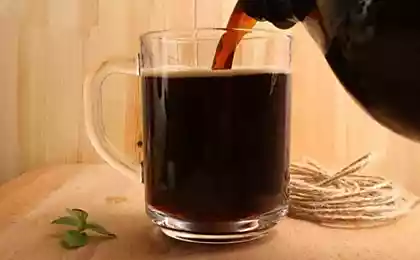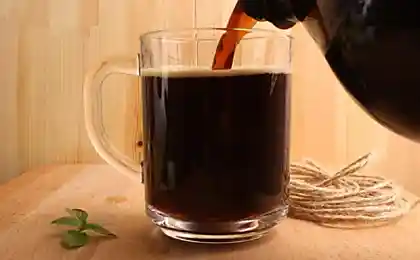168
At the beginning of the summer, I drank kvass and figured out how to determine the quality kvass.
Real kvass has a wonderful smell and taste. It is good for health, quickly quenches thirst and is simply indispensable in the summer season. But all this applies only to a natural product prepared by the method of live fermentation. How to distinguish it from the imitation of kvass, a leavened drink, which has recently been playing the shelves of our stores?
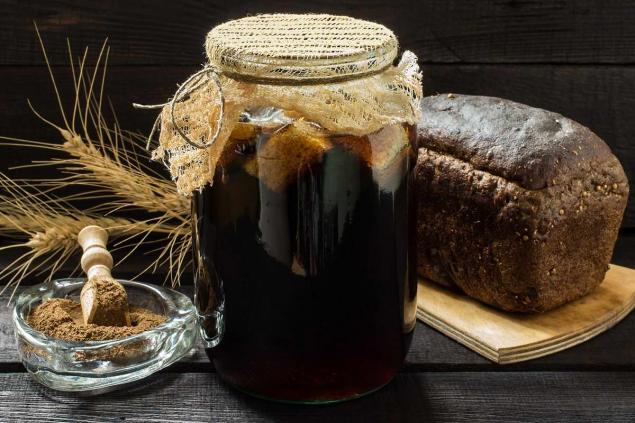
What's the difference?
How do you know if there is natural kvass in your glass? If the information from the label is not very reliable, you can conduct a number of experiments. Leave the natural kvass in a glass for a few days and it will ferment. After three hours, it forms a sediment, and the imitation during this time will not change - only the bubbles of carbon dioxide disappear.
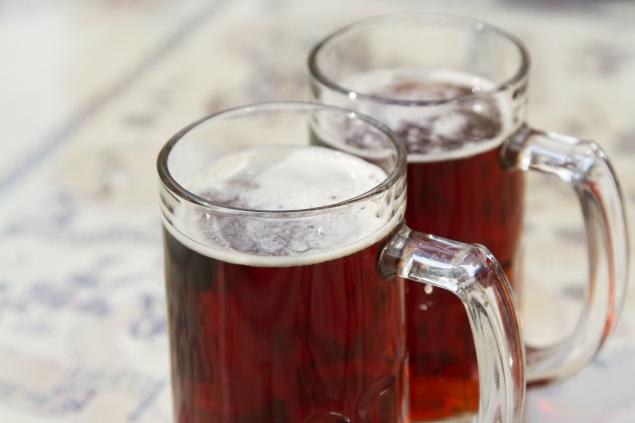
However, it is possible to distinguish kvass from fake faster. Pour kvass from the tested bottle into a glass and watch the foam. If she's gone in a few minutes, there's a leavened drink in front of you. If it lasts 5-7 minutes or more, kvass is most likely made according to all the rules.

Now you know how to distinguish a real kvass from a leavened drink, and you can make an informed choice. After all, you will not cook a tasty okroshka on a counterfeit, it will not bring health benefits and quench thirst worse.

What's the difference?
- Manufacture technology
As we have already said, natural kvass is a fermentation product cooked on bread or live yeast. In a leavened drink, fermentation is replaced by the introduction of carbon dioxide into the composition. And taste and color are obtained with the help of flavoring additives and dyes.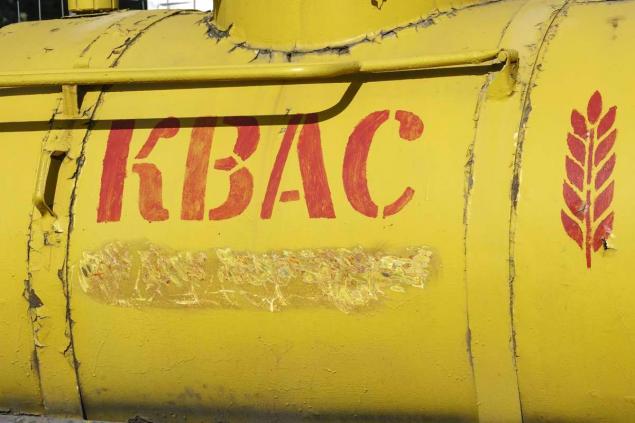
In high-quality kvass, there should be a share of alcohol, because it is produced by fermentation. It usually does not exceed 1.2%. But its absence may indicate that the product is obtained by mixing concentrates. - Composition
On the label of this kvass can be marked such ingredients: barley or rye malt, leavened must, sugar or syrup, yeast. As part of the simulation, carbon dioxide, “kvass concentrate”, citric acid, flavor enhancers, preservatives and dyes are found.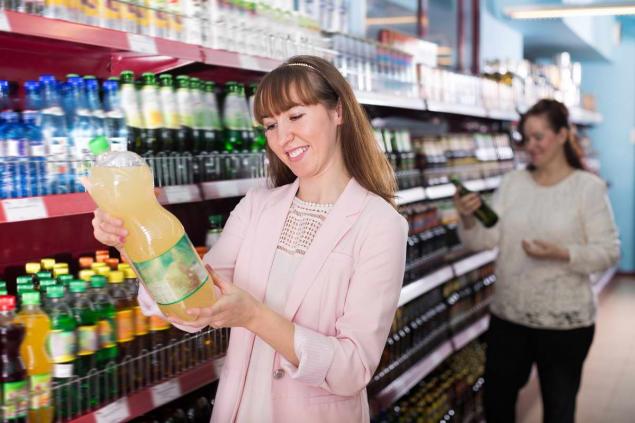
The naturalness of kvass and the correct recipe ensures compliance with the requirements of GOST 31494-2012. Refreshing drinks made according to the internal TU manufacturers, on the contrary, can hide the simplified production technology and the presence of preservatives and dyes.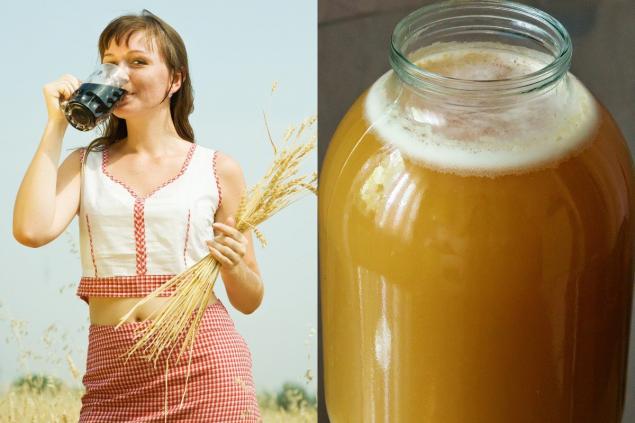
Do not be afraid of the mark “pasteurized” on the label. Thus, manufacturers take care of customers and meet the requirements of supervisory authorities, excluding the development of pathogenic microbes in the drink. Useful properties of pasteurized drink does not lose due to the fact that fermented by technology. - Appearance and taste
Real kvass smells of freshly baked bread, has a rich color and leaves a pleasant aftertaste. Bubbles in it are small and do not disappear for a long time. Imitation of kvass is more transparent, does not give precipitation, but can have a too sharp smell.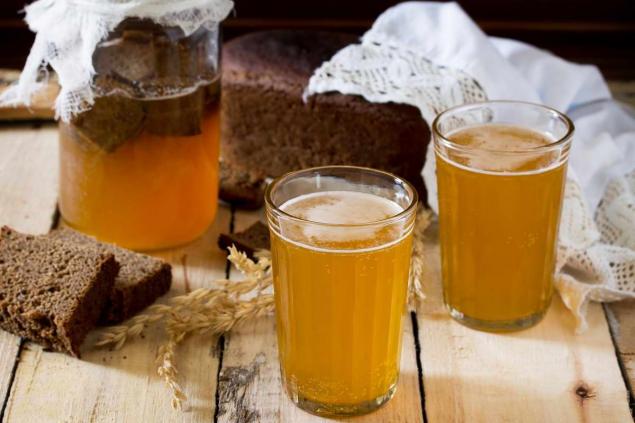
How do you know if there is natural kvass in your glass? If the information from the label is not very reliable, you can conduct a number of experiments. Leave the natural kvass in a glass for a few days and it will ferment. After three hours, it forms a sediment, and the imitation during this time will not change - only the bubbles of carbon dioxide disappear.

However, it is possible to distinguish kvass from fake faster. Pour kvass from the tested bottle into a glass and watch the foam. If she's gone in a few minutes, there's a leavened drink in front of you. If it lasts 5-7 minutes or more, kvass is most likely made according to all the rules.

Now you know how to distinguish a real kvass from a leavened drink, and you can make an informed choice. After all, you will not cook a tasty okroshka on a counterfeit, it will not bring health benefits and quench thirst worse.




